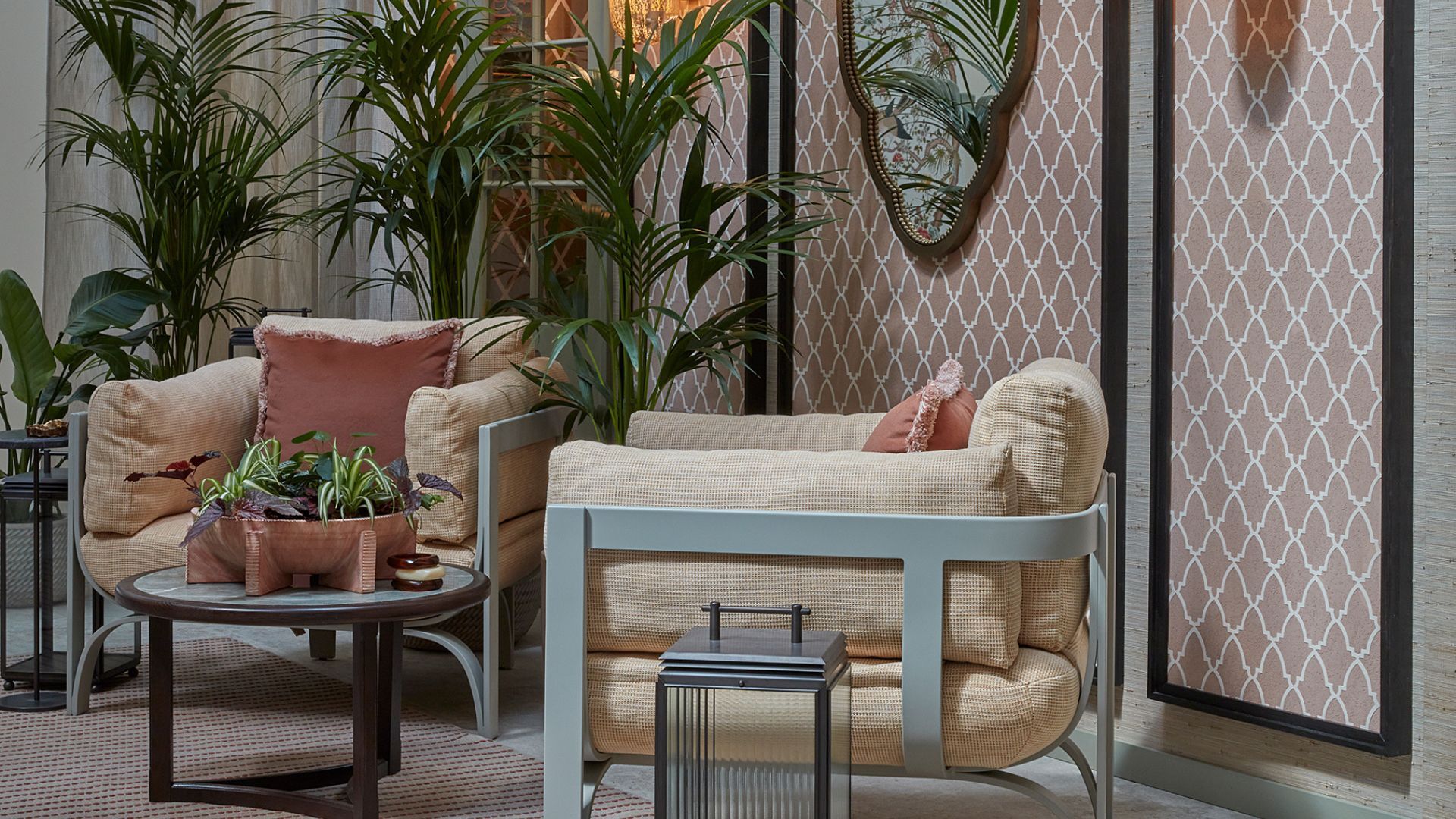
Any small courtyard with limited space has to be an aesthetic blend of form and function. It is in many ways a harder task designing a small, intimate space than a sprawling garden, as there is much less room for artistic excess or error.
If you are on the hunt for courtyard garden ideas, then this year’s WOW!house at Chelsea Harbour offers fodder for the imagination in bucket loads. The award-winning, interior design studio, Goddard Littlefair, has partnered with outdoor luxury furniture and performance fabrics specialists, Perennials and Sutherland, to create an Andalusian-style central courtyard at WOW!house 2025 where Andalusian gardens, Moorish architecture, and North African influence have culminated in a courtyard design that is a lesson in carefully managed reduction.
Here, we look at this unusual and inviting courtyard that is getting so many designers’ pulses racing, and offer five tips for creating a magical courtyard at home.
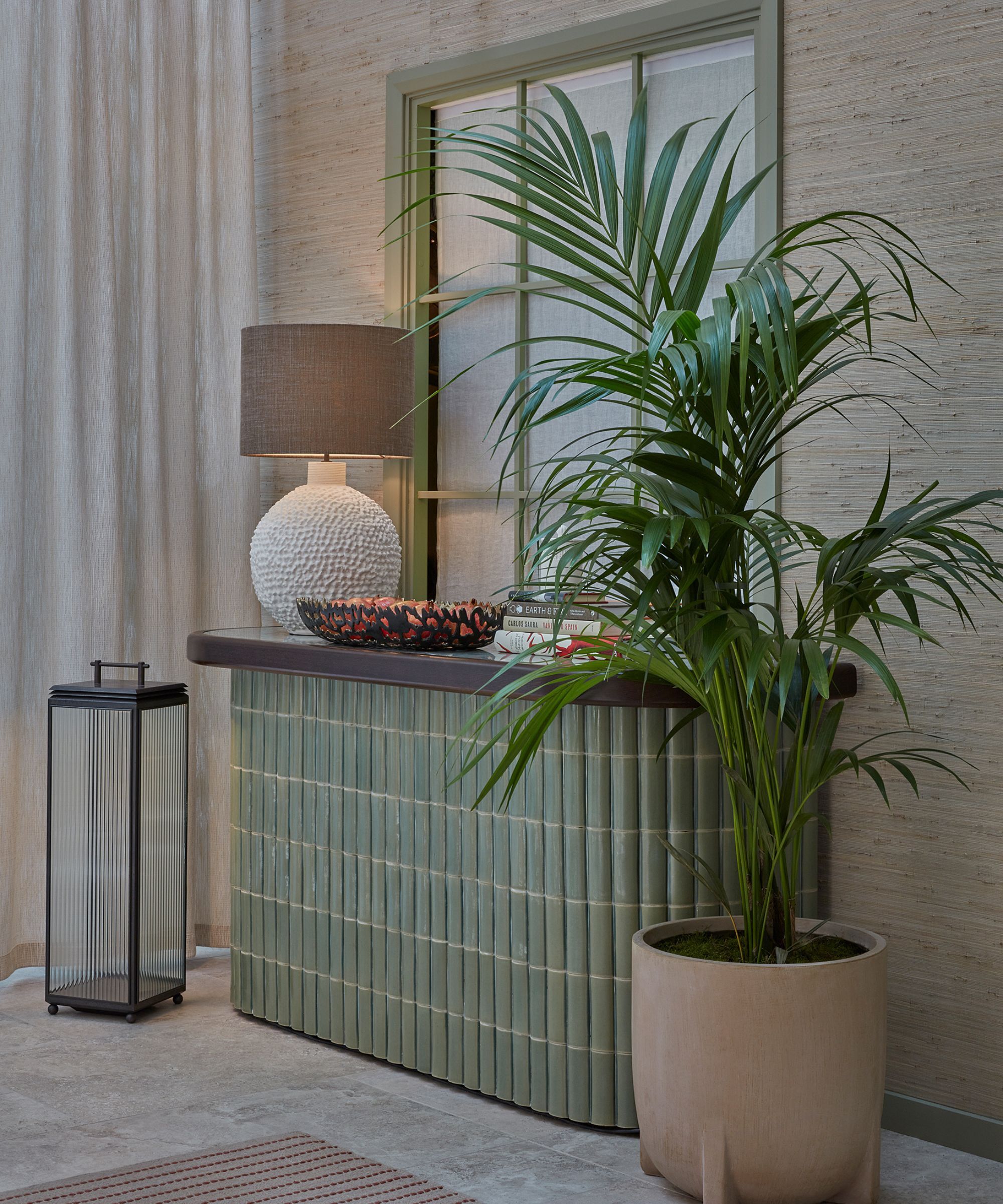
This courtyard scheme focuses entirely on delivering sybaritic indulgence for those who reside there. The aim was to create a small tucked-away haven that offers an escape from the rapid-fire jostle of the digital world and simply offers peace, quiet, and an almost meditative sense of calm.
It has soothing ambient lighting, an organic, earthy color palette, and a relaxed seating design that is entirely angled toward leisure.
On first glance, it is difficult to tell if this space is indoors or outdoors. It has the appearance of an indoor space, but the bones of a garden. Whilst it is entirely indoors, it is perhaps one of the best examples of a design that has blurred the boundary between indoor and outdoor living, as befits its North African influence.
It feels as though you are in a warm Mediterranean or North African garden, but entirely sheltered and cocooned.
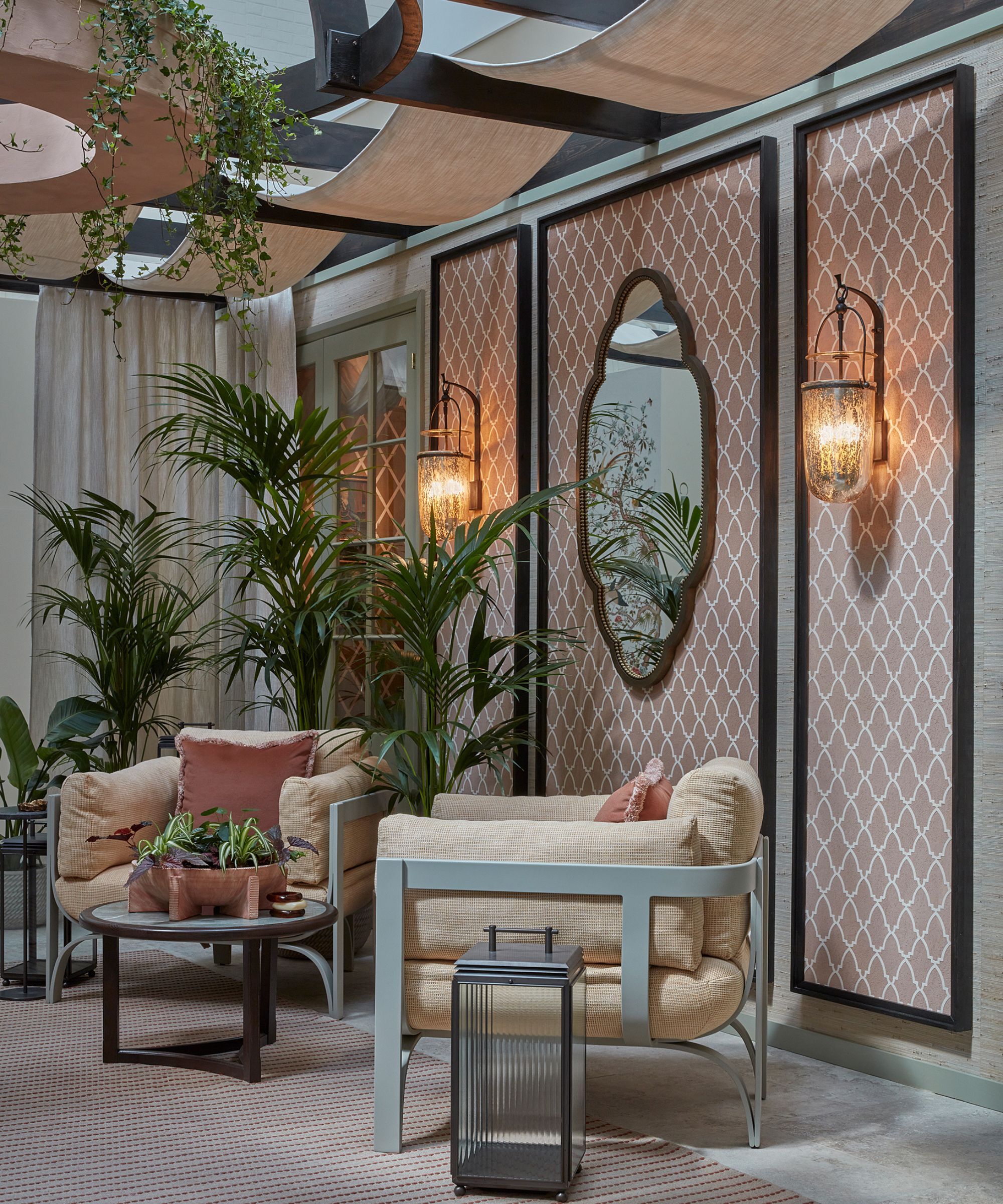
Because the space is protected from the elements, the designers have been able to use several fabrics and objects, such as rugs, lamps, and mirrors, liberally throughout the scheme.
They’ve also used an economy of simple potted plants, namely palms, spider plants, and ivy. The use of these plants means that in this space, there are no discernible seasons, and it feels like an equatorial spot, come rain or shine.
This soothing space is ripe with inspiration, and there are plenty of ideas worth copying if you love that pared-back, uncluttered, easy-going look. Here are five tips for making a magical courtyard at home.
5 tips on creating a magical Moorish-inspired courtyard space at home
1. Take inspiration from heritage
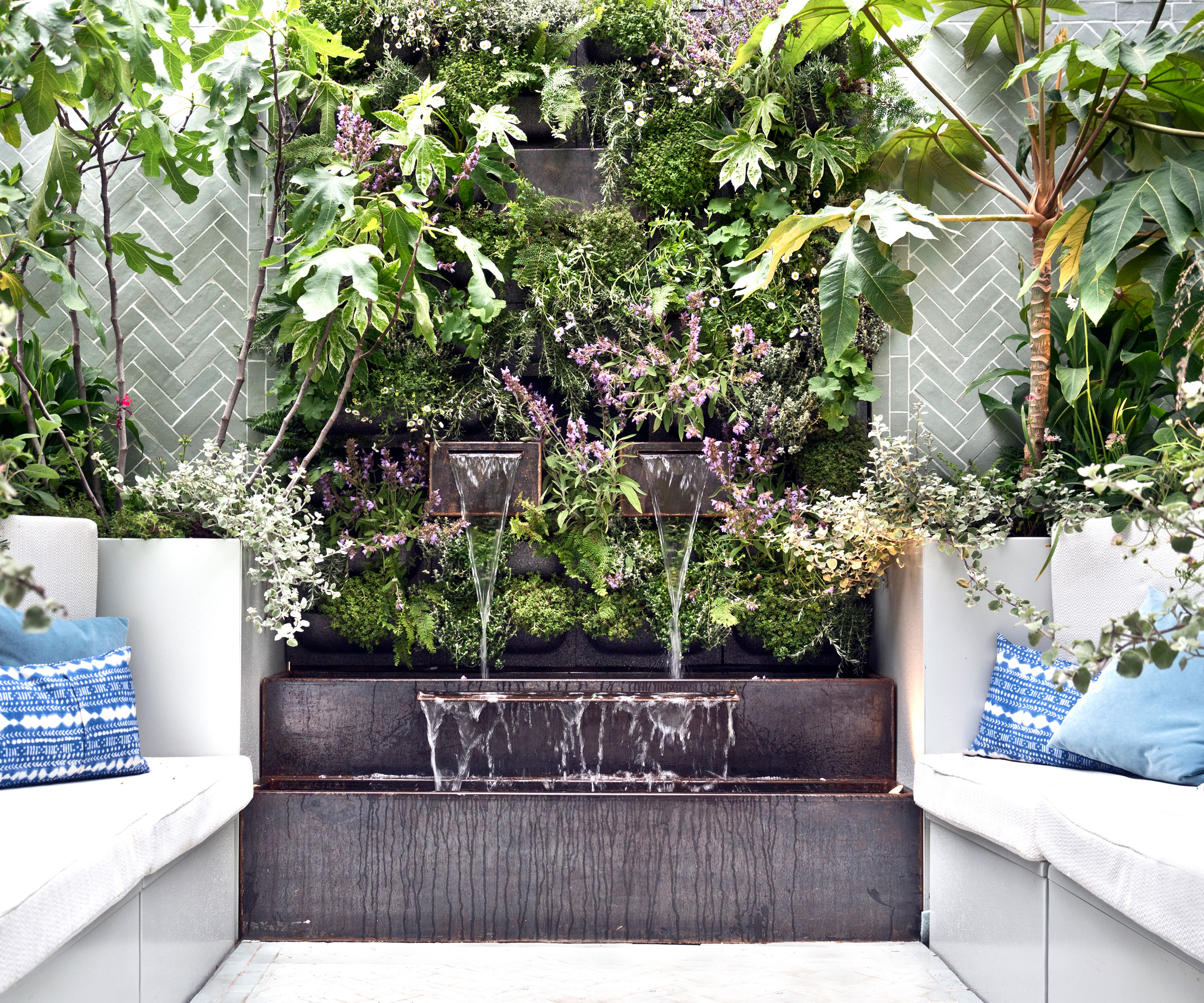
A well-designed courtyard should feel like a private refuge. There are many examples of historical buildings and heritage styles that do this well, from which we can draw inspiration. Monastery gardens, for example. Passing through the building of a monastery, you invariably find the cloisters, or claustrum in Latin, meaning an enclosure.
The design and planting styles of these spaces are designed to foster a meditative and tranquil sense of calm. In modern-day courtyard gardens, it is entirely possible to copy this effect, should you pay close attention to the layout of the design and the planting scheme that has been adopted.
In the courtyard at this year's WOW!house, ancient Moorish gardens were the dominating influence. 'Draw on the elegance of historic styles, like the serene geometry and textured richness of Moorish gardens,' advise founders and designers Martin Goddard and Jo Littlefair. 'This will create a space that feels timeless, grounded in place, and deeply atmospheric,' they add.
2. Layer texture and tone
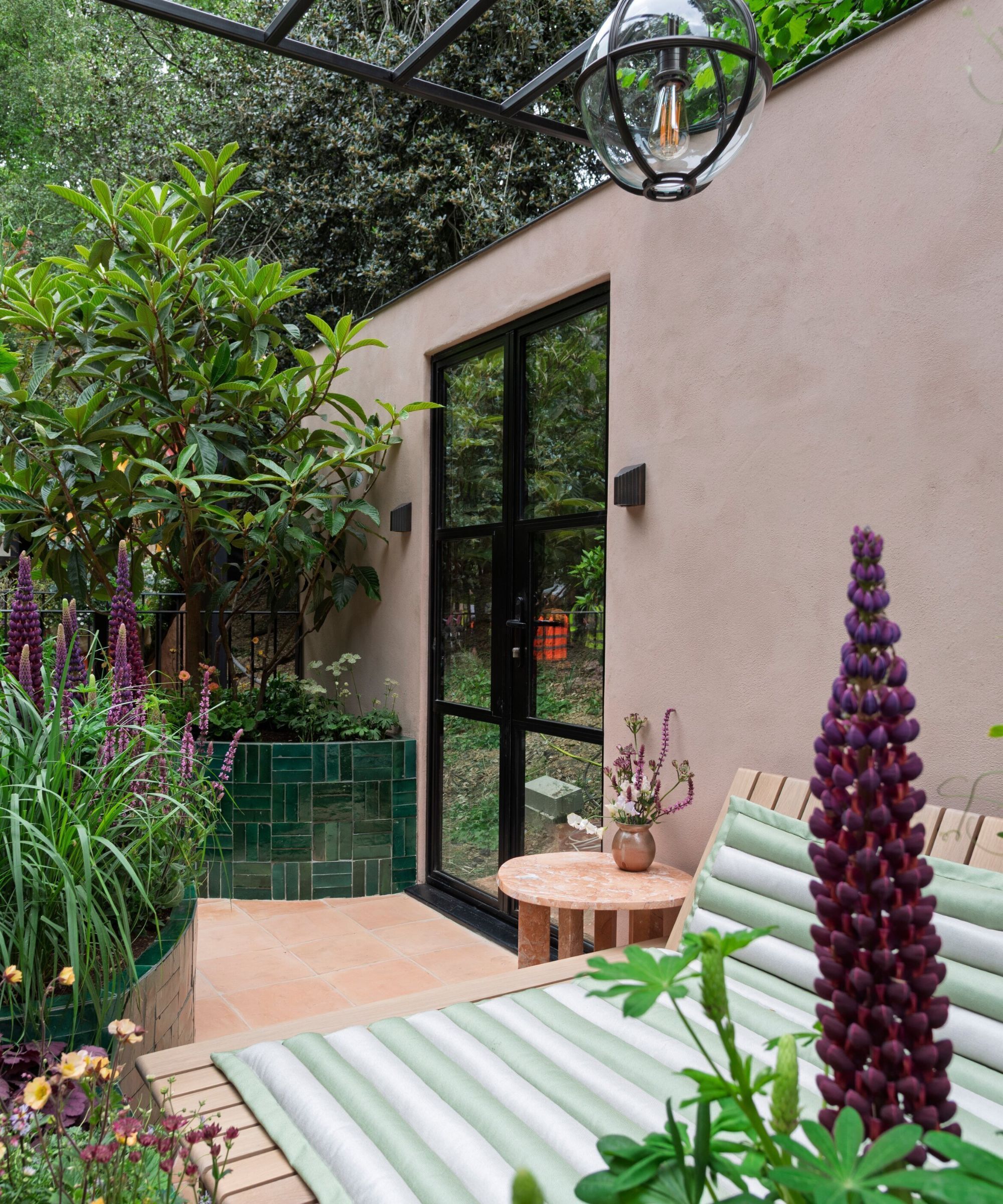
If you hope to draw inspiration from the Andalusian-inspired courtyard at WOW!house, then you should aim to bring much of the coziness and the conviviality of the indoors into an outdoor space.
With this in mind, just as layering in interior design is crucial to build dimension and avoid a space feeling flat or drab, layering textures is just as vital in a courtyard space. Consider color in this same way, too, and layer soothing hues, avoiding bright, bold colors where possible, and instead look to nature’s palette of hues that arise from the soil.
‘Use a variety of natural textures and warm, earthy tones; think terracotta, sage, and sun-washed ochre,’ advise Martin Goddard and Jo Littlefair. ‘This will bring depth, warmth, and a sense of harmony to your outdoor sanctuary.’
3. Mix the contemporary with the artisanal
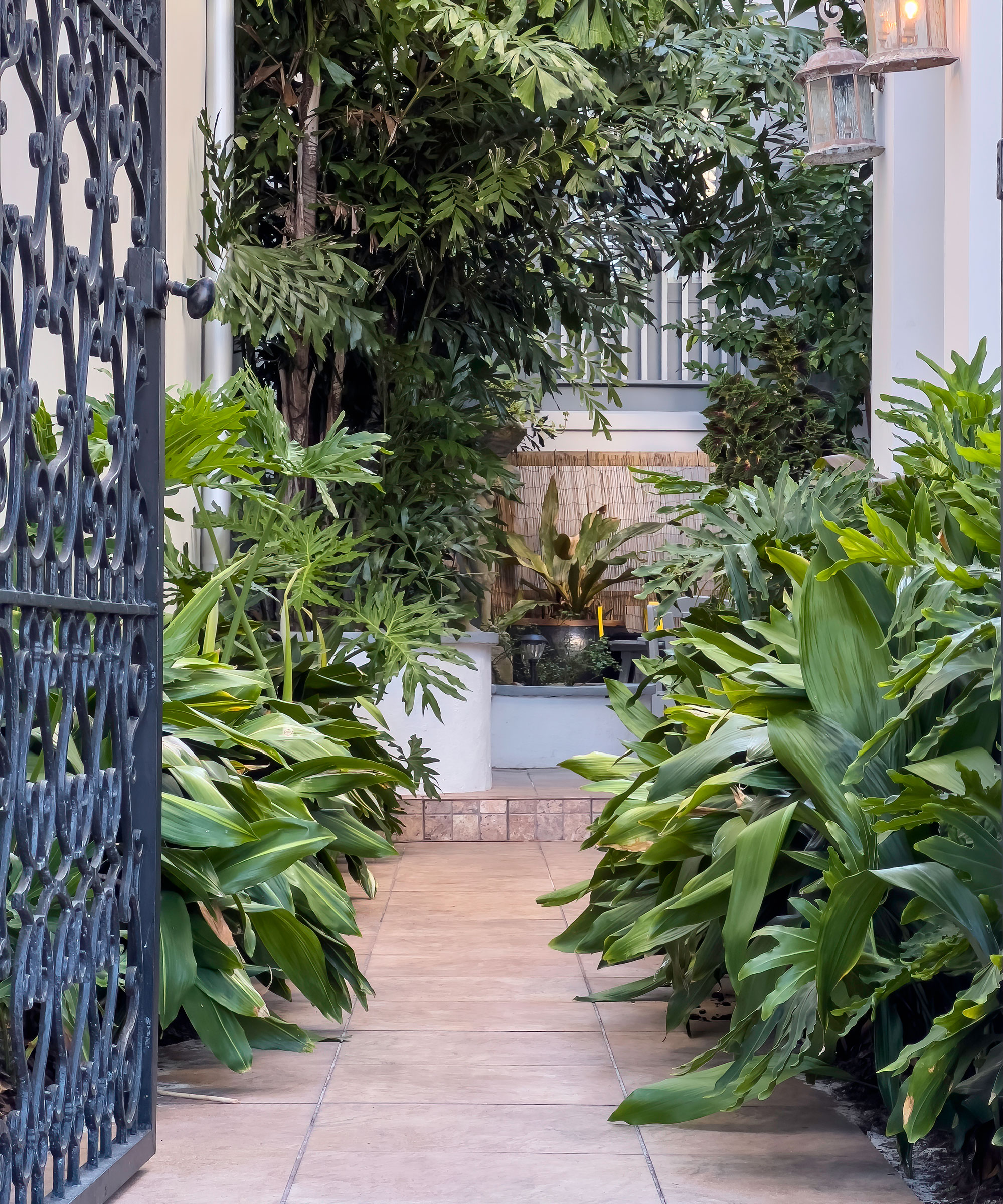
If you are investing in outdoor furniture, be sure not to buy everything brand new, as it can make a space feel overly clinical and sanitised. Of course, most spaces require investment in new technology, such as outdoor lighting and weatherproof outdoor furniture, but balance modernity with characterful elements.
Appropriate materials should arise from the locale, so look to the history and materials of the place you reside in first, so the aesthetic narrative makes the most sense and feels in keeping with your surroundings.
'Combine sophisticated outdoor furnishings with handcrafted or bespoke details, such as plaster reliefs, handmade tiles, or natural-fibre rugs, to strike a balance between modern comfort and artisanal character,' advise Martin and Jo.
3. Use planting to create ambiance
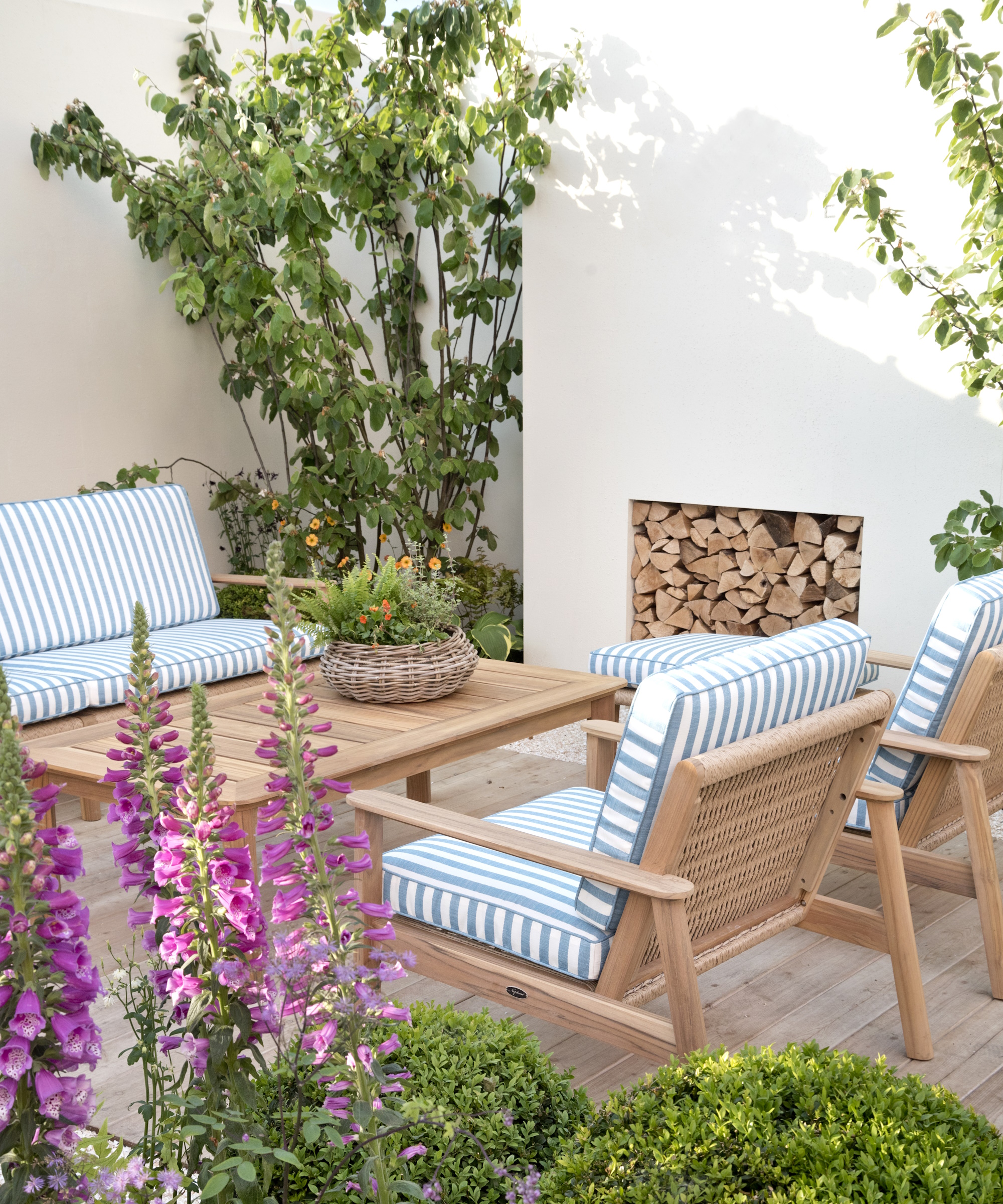
The plants you choose aren't just about aesthetics, but about the ambiance and story they create. If your courtyard is outdoors, you can be far more generous with your planting. If it is indoors, your approach to planting depends on the atmosphere you want to create.
A full-throttle maximalist creation would be teaming with plants and would feel romantic, verdant, and whimsical. To achieve this, as Cecil Beaton did at his infamous English home, Reddish House, plant a mass of climbing plants as well as many potted plants with a long season of interest.
If you take a leaf out of Martin and Jo's book, though, a more restrained approach can create a more calming, ethereal space. Consider palms, hostas, and bird of paradise; if this is the look you lean toward.
'Introduce lush planting and soft, ambient lighting to create a calming, biophilic environment,' advise Martin and Jo. 'Mediterranean greenery and dappled shadows help evoke a peaceful retreat rooted in nature.'
5. Design for feeling, not just for looks
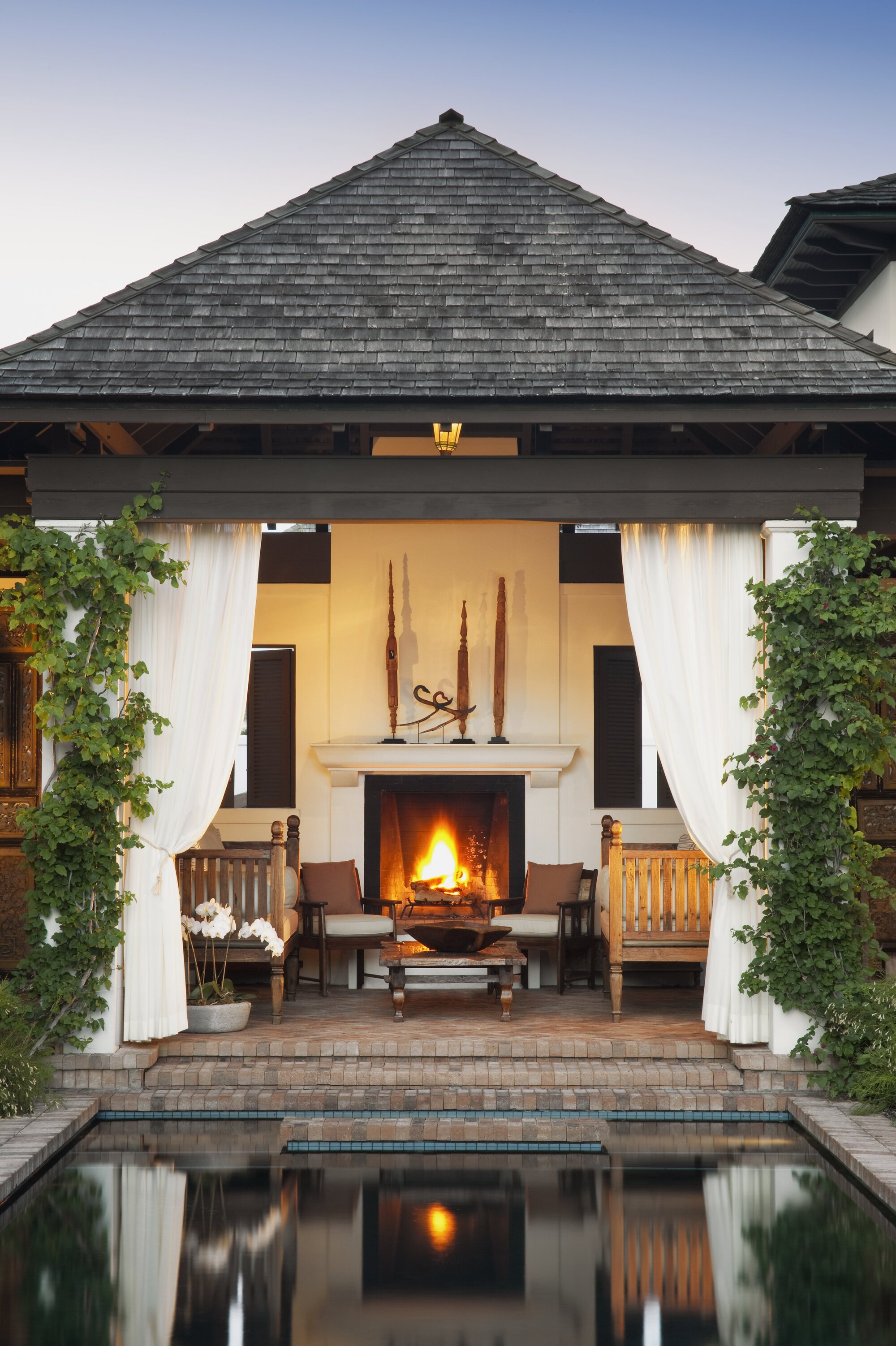
Almost every style of architecture and design offers things to appreciate. But if you are feeling somewhat oversaturated with inspiration and not sure which way to turn, the most important consideration is how a space makes you feel.
There is little point in implementing the latest garden trends or copying the latest hot-off-the-press garden design idea if it does not foster good feelings and relationships. This space is your private arena; if it works for you, that's all it has to do.
'Think beyond aesthetics,' advise Martin and Jo. 'Aim to create a space that evokes emotion and memories, one that feels immersive, calming, and transportive. Understated luxury lies in how a space makes you feel, not just how it looks.'
Shop the look
Fired at a high temperature for durable outdoor style, this set of terracotta planters is the perfect touch of warmth and texture for your patio or courtyard.
Handwoven from weather-friendly fibers, this beautifully simple rug is designed for indoor/outdoor living. It can work in any space across home and garden and delivers that feeling that you're in a sunnier clime.
Another beautiful piece that works both indoors and outdoors, this bohemian inspired outdoor pillow is ideal for injecting a sense of laidback, unhurried ease to a courtyard scheme.
The courtyard WOW!house 2025 has certainly got us all chatting about clever indoor garden ideas, and for those of us with a small yet perfectly formed courtyard gardens, it's got many of us rethinking how to design a minimalist garden. One walk around this space, and the memo is clear: even the smallest of spaces can pack a paradisical punch.







